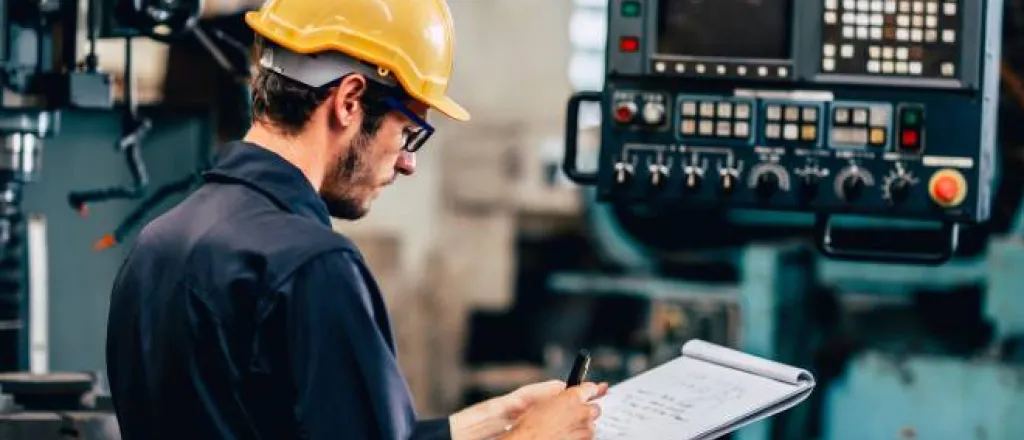
Automatic packing machines: best practices for training
©
Automatic packing machines are important in modern production lines, making processes faster and more efficient. They’re a game-changer for businesses looking to improve productivity and reduce manual labor. In this article, we’ll explore the best practices for training on automatic packing machines. By the end of this read, you’ll have the insights needed to extend the life of your automated packing machine and optimize your packing operations.
Essential components of automatic packing machines
Before we jump into training, it’s vital to understand the core components of automatic packing machines. These machines typically consist of a conveyor system to move products, a packing unit to handle the packaging, and a control system to manage operations. Knowing these elements helps operators and trainers identify which parts require the most attention during training. Familiarity with the components also means quicker troubleshooting and fewer downtimes, boosting overall efficiency.
Understanding the importance of proper training
We cannot overstate the importance of proper training on automatic packing machines. It equips operators with the skills and knowledge needed to handle the machines safely and efficiently, minimizing the risk of accidents. Inadequate training can lead to frequent machine breakdowns or even damage, which shortens the lifespan of the equipment.
Well-trained employees, on the other hand, can make real-time adjustments to improve the machine’s performance, ensuring smooth operations and extending the life of your automated packing machine. This training is one way to extend the lifespan of your automatic packing machine.
Best practices for training
First, a structured training program is the backbone of successful operator training. Start with theoretical lessons covering the machine’s manual and operational guidelines, followed by hands-on practice under the supervision of a skilled trainer. Incorporate real-life scenarios and problem-solving exercises to build confidence among operators. Consistent refresher courses are also invaluable for keeping the team updated on new features or upgrades, ensuring they stay sharp and responsive to changes.
Common mistakes to avoid during training
Rushing through the training process is a common mistake that can lead to disastrous consequences. Another pitfall to avoid is overlooking the importance of safety protocols. Additionally, trainers sometimes neglect to tailor the training to fit the individual learning paces of each operator. Ignoring these factors can result in misunderstandings, reduced productivity, and even workplace accidents, which are easily avoidable with thorough, personalized training.
The impact of effective training
Effective training on automatic packing machines significantly enhances production rates and safety standards. Operators become adept at identifying and resolving issues quickly, reducing downtime and boosting output. Skilled operators also contribute to a safer work environment, as they are more likely to adhere to safety protocols and recognize potential hazards. This recognition protects the workforce and positively impacts the bottom line by improving operational efficiency and reducing the risk of costly errors or accidents.
Investing time and resources into training for automatic packing machines is crucial for maximizing their efficiency and lifespan. A well-executed training program can transform your production line, making it more productive and safer. For those looking to get the most out of their machines, consider regular updates and skill assessments for your team. With the right training approach, you can extend the life of your automated packing machine, leading to a more streamlined and effective production process.
















